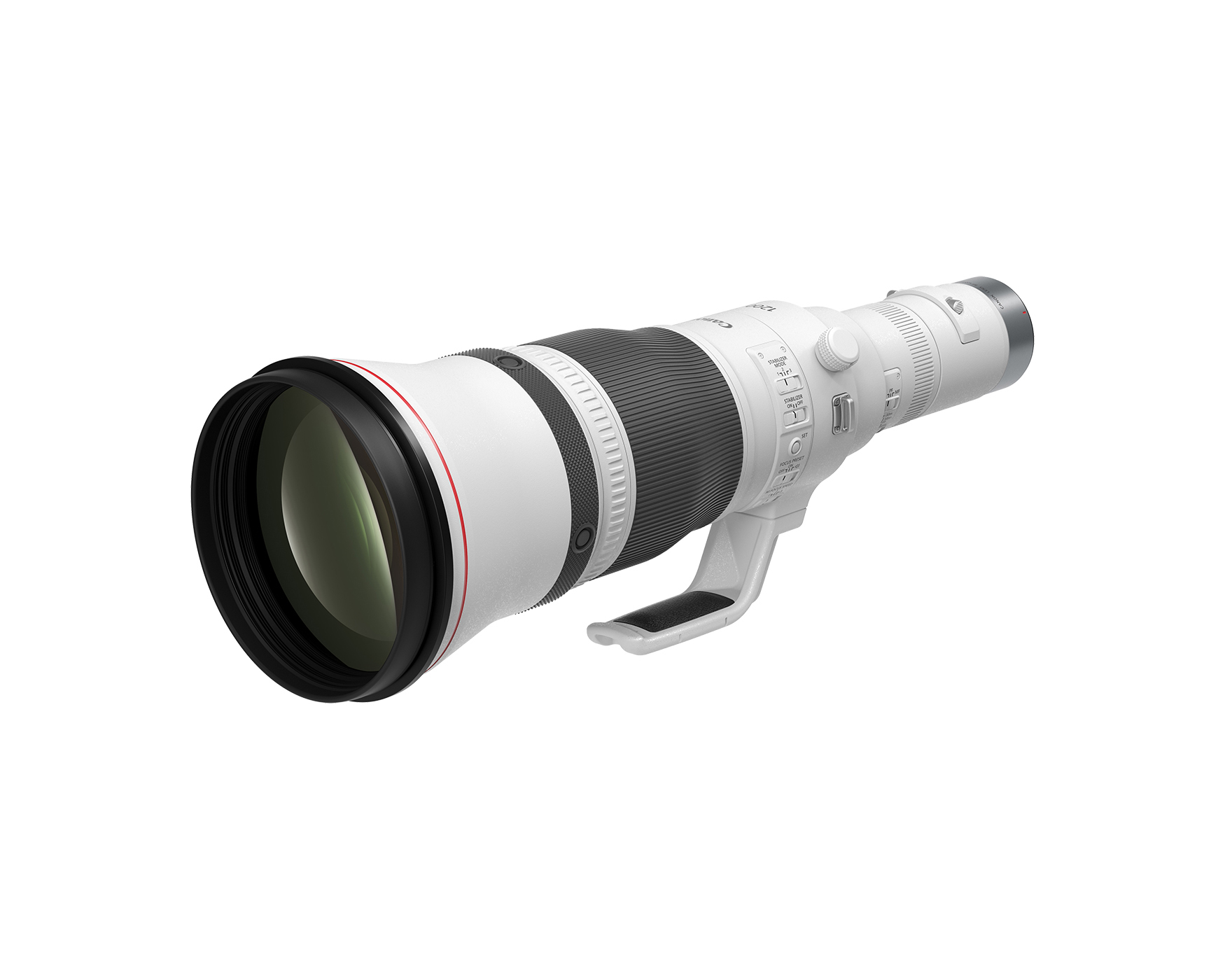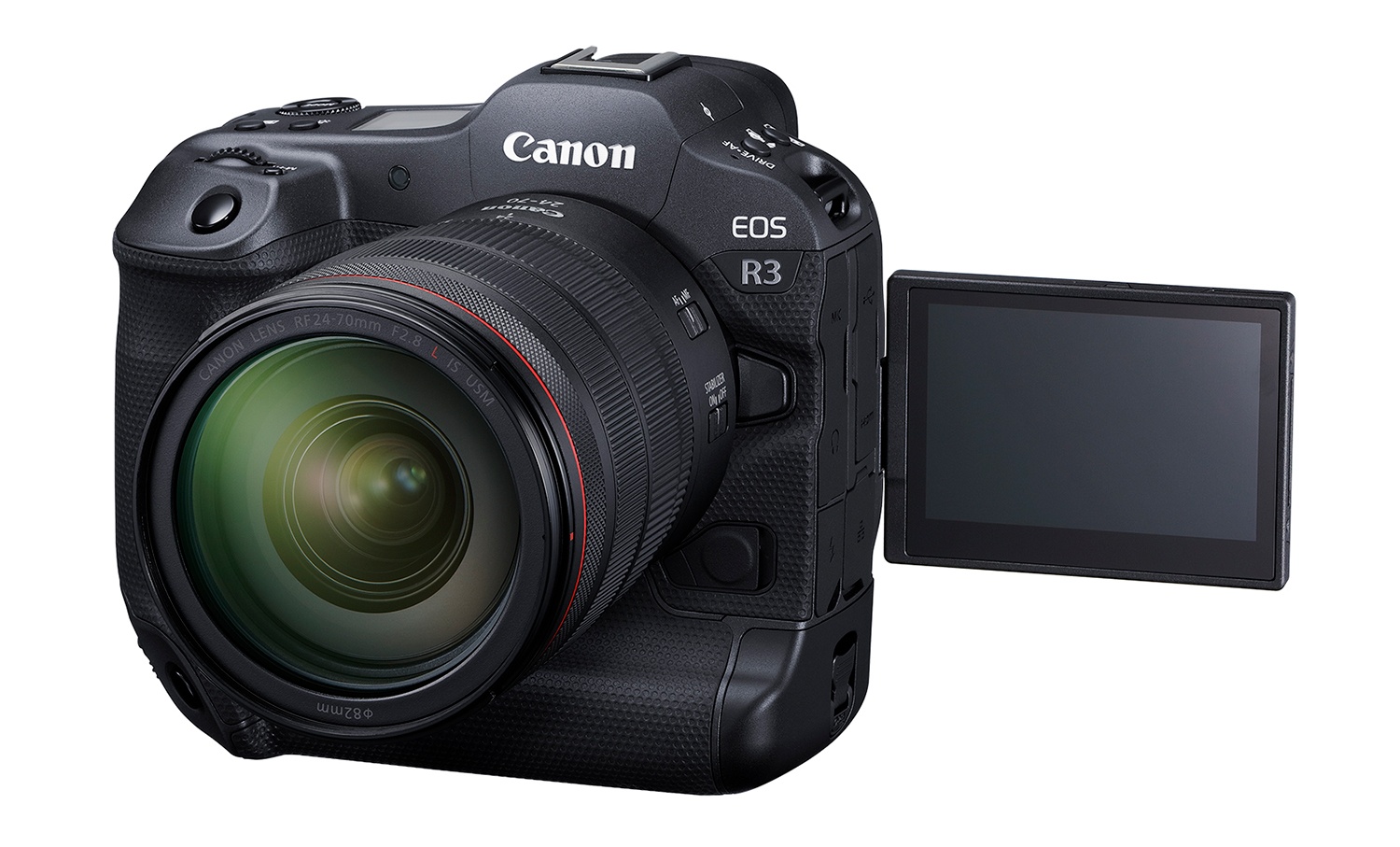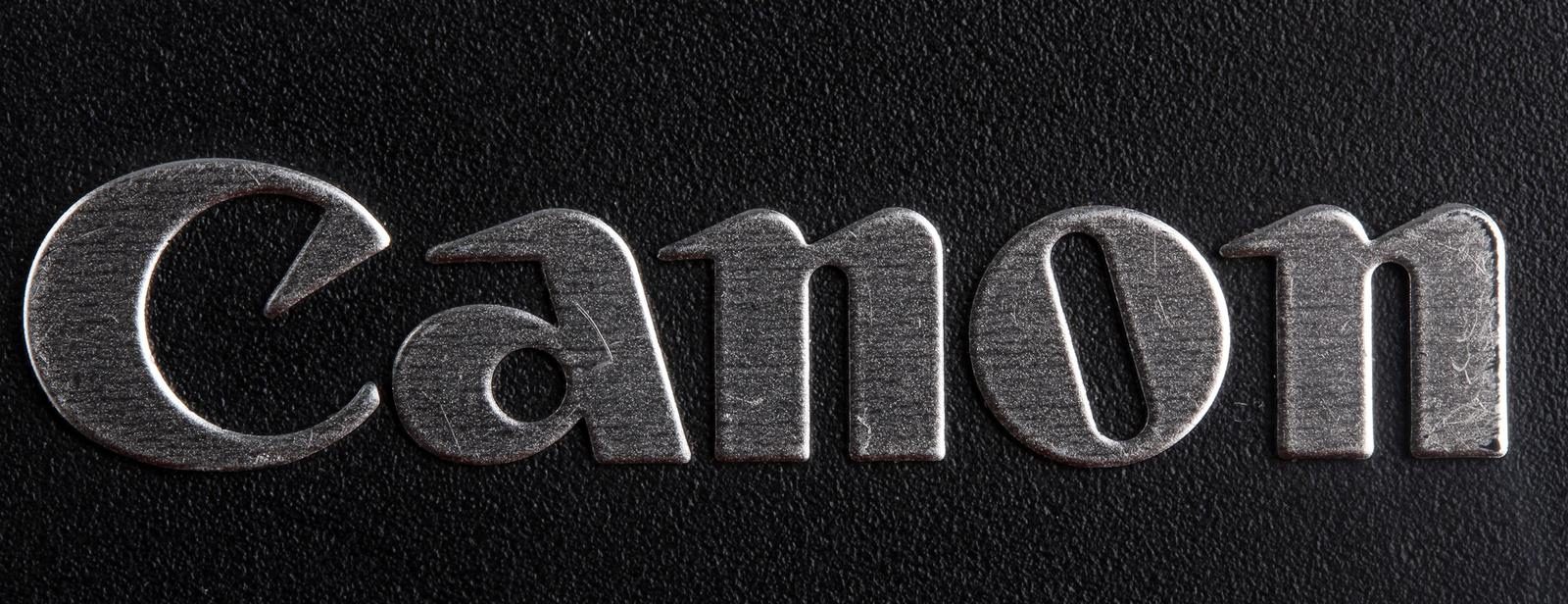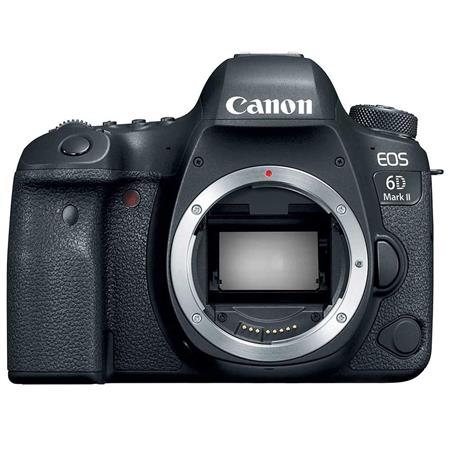Canon released firmware updates for five telephoto lenses. Here they are. Please note: we linked…
Canon Dual Pixel Auto-Focus Technology explained
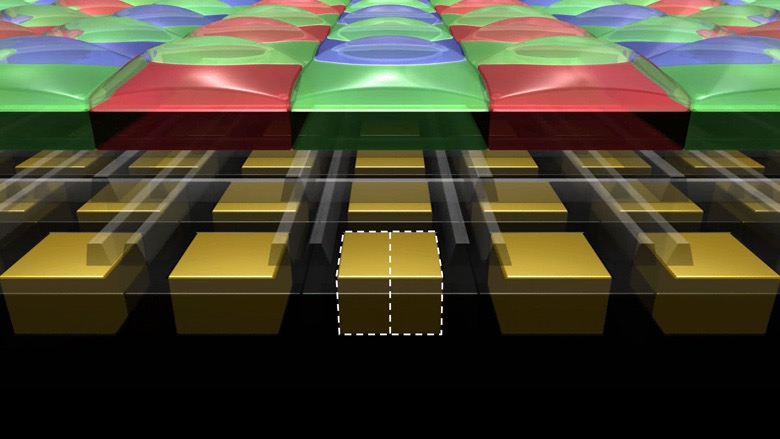
The Canon Digital Learning Center posted a new article about the company’s proprietary Dual Pixel Auto-Focus (DPAF) technology.
Dual Pixel AF was first introduced with the Canon EOS 70D, and has since then found its way to high end Canon Cine products and pro and semi-pro DSLRs, as well as into a mirrorless camera (well, eventually). Dual Pixel AF is a game changer and an industry’s exclusive you get only with Canon cameras.
Put simply, Dual Pixel AF takes autofocus to the next level. It provides both smooth and consistent focus for a wide range of photo and video applications. Each pixel on the CMOS imaging sensor has two separate, light-sensitive photodiodes, which convert light into an electronic signal. Independently, each half of a pixel detects light through separate micro lenses, atop each pixel. During AF detection, the two halves of each pixel — the two photodiodes — send separate signals, which are analyzed for focus information. Then, an instant later when an actual image or video frame is recorded, the two separate signals from each pixel are combined into one single one, for image capturing purposes. This greatly improves AF speed over the majority of the area on which you’re focusing. The result is phase-detection autofocus, which surveys the scene and recognizes not only whether a subject is in focus or not, but in which direction (near or far), and by how much.
If you want to learn more about Dual Pixel AF, head over to the Canon Digital Learning Center. Some educational videos about Dual Pixel AF can be found here.

